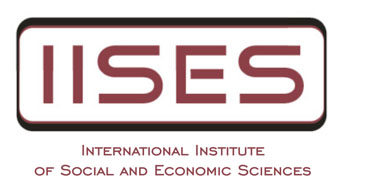International liquidity and foreign exchange reserves adequacy in connection with the choice of exchange rate system in the Czech Republic, Poland and Hungary
Durcakova, J., & Bruna, K.
Abstract:
The paper deals with the choice of exchange rate regime in transitive economies, accumulation of FX reserves in central banks and its consequences in excess of banking system liquidity. The case of banking system liquidity surplus is analyzed focusing on liquidity creation through FX interventions in the regime of fixed/managed exchange rates. In addition the paper focuses on main sources of liquidity absorption in long run and on stability of monetary base backing by foreign assets of central bank in case of trend appreciation of domestic currency typical for transitive economies. Last but not least the paper consists of discussions of a speed of FX reserves decumulation in emerging FX markets and implications of exchange rate regime for both exchange rate volatility and foreign exchange market structure. The problems are analyzed and compared using the example of the Czech Republic, Poland and Hungary in 1999-2009. The analysis focuses on main differences in exchange rate policies, the level of liquidity surplus, cost of sterilization, main sources of liquidity absorption and volatility of exchange rates. We found that absorption is influenced by the volume of excess liquidity and costs of sterilization that reflect a level of main policy rate. The trend growth of currency in circulation is a key source of liquidity absorption in all central banks. Decumulation of FX reserves is a limited source of absorption due to lower liquidity of FX markets in CR, Poland and Hungary. It is not possible to confirm a hypothesis about higher exchange rate volatility of floating regimes in CR as Hungarian forint in fixed rate regime suffers from higher volatility due to macroeconomic instability. Trend appreciation causes a decrease in the backing of monetary base by foreign assets but still both currency in circulation and bank‟s reserves are fully backed by foreign assets of central banks.
LINK
APA citation
- Durcakova, J., & Bruna, K. (2012). International liquidity and foreign exchange reserves adequacy in connection with the choice of exchange rate system in the Czech Republic, Poland and Hungary. International Journal of Economic Sciences, I(2), 1–25.

